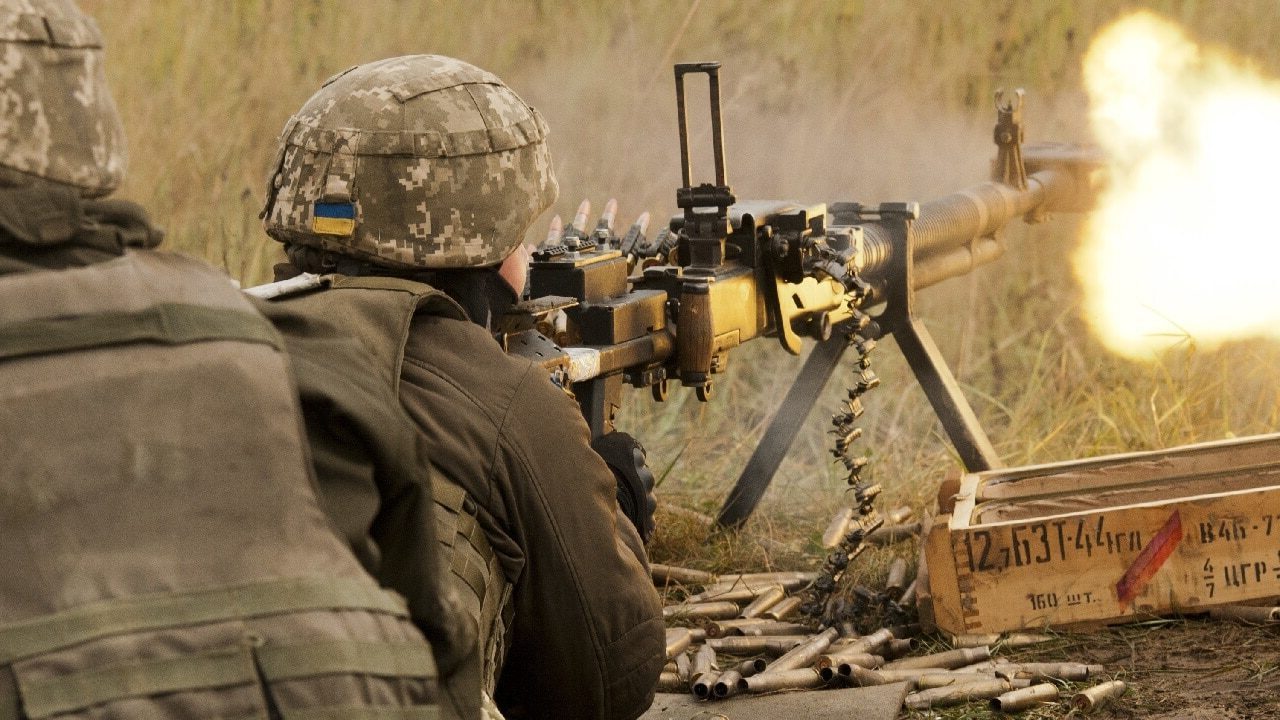Most Russian draft dodgers hoping to avoid a call-up to fight in Ukraine are opting to leave for border states that can be reached by vehicle. But two enterprising and risk-taking Russians chose a different way to leave. The citizens took a small boat to the United States across the Bering Sea to Alaska on October 4. They are pleading for political asylum and hoping to stay in the country rather than being denied a visa and shipped back to Russia.
Forget the Ukraine War: Russians Looking for a Better and Safer Life
The pair sailed 300 miles across the hazardous body of water to the small village of Gambell on St. Lawrence Island in Alaska from the northeastern Russian town of Egvekinot. Alaska’s U.S. Senators Dan Sullivan and Lisa Murkowski put out a joint statement.
Murkowski said that Customs and Border Protection wasn’t ready for the asylum seekers. CBP had to send a U.S. Coast Guard ship 750 miles to reach the area where the migrants landed. The Russians are being interviewed and vetted by immigration agents in Anchorage.
What If More Russians Choose This Route?
Both Murkowski and Sullivan are working with the Department of Homeland Security to ensure there are policies and procedures in place if more Russian citizens migrate to Alaska. The senators stated that they believe the crossing shows that the United States military should be aware that Russians transiting the Bering Strait is always a possibility and a security risk. Sullivan said that Alaska should improve its infrastructure such as ports and defense assets in place in the border region.
The Boat Could Have Sunk
It is rare that Russian citizens try to leave their country in a boat for passage across the Bering Sea, which is a risky venture in seas that can often be stormy, bitterly cold, and dangerous resulting in a shipwreck. Before Vladimir Putin’s mobilization was announced, Russian migrants often entered the United States from Canada. Forty-two Russians sought entry to America at the Canadian border in August. More often try to come from Mexico after flying to Mexico City or Cancun, according to the Voice of America.
The risky voyage across the Bering Sea shows that Russian draft-age males are desperate to avoid Vladimir Putin’s call for a mobilization of 300,000 reservists to fight in Ukraine. They simply do not want to serve and are prepared to make harrowing voyages to achieve asylum status.
While the journey from Russia to Alaska is uncommon, it does show that crossing the Bering Strait is possible – something that was feared during the Cold War – that the Soviet Union would attack Alaska to seize U.S. military bases and energy infrastructure.
At least one Russian lawmaker has even claimed that Alaska should still be part of the Motherland. While that bluster has not been taken seriously by the Kremlin, Putin has shown he wants to project power in the Arctic region. He aims to refurbish and inhabit old military bases and create new ones in the Arctic.
This Is Not a Good Look for the Ukraine War or Putin
But the two migrants so intent on dodging the draft is an embarrassment for Moscow. This is evidence that many Russian citizens are not patriotic and are afraid to fight. The war is going poorly with high rates of casualties. Plus, more draftees are coming from remote Russian areas far from Moscow and St. Petersburg.
While Siberia is sparsely populated, there are still draft-age males that will be ordered to fight and that means a number of those men will evade the Russian authorities and may also attempt to cross the Bering Sea. They would have to commandeer larger boats to come in greater numbers. Ordinary Russians do not want to be cannon fodder, so escape to other countries is their only hope to survive death or maiming on the battlefield.
Expert Biography: Serving as 1945’s Defense and National Security Editor, Dr. Brent M. Eastwood is the author of Humans, Machines, and Data: Future Trends in Warfare. He is an Emerging Threats expert and former U.S. Army Infantry officer. You can follow him on Twitter @BMEastwood. He holds a Ph.D. in Political Science and Foreign Policy/ International Relations.

